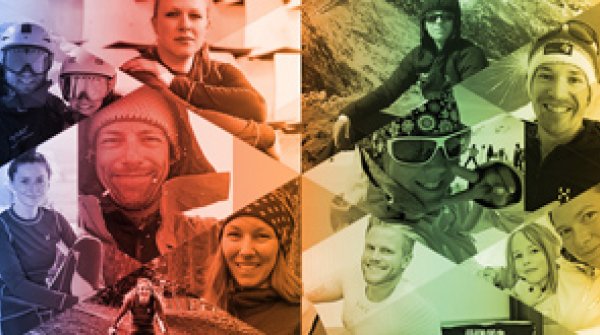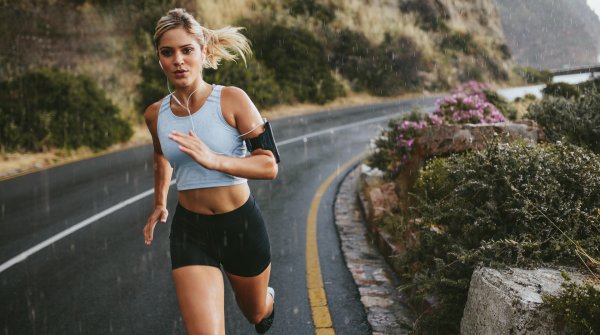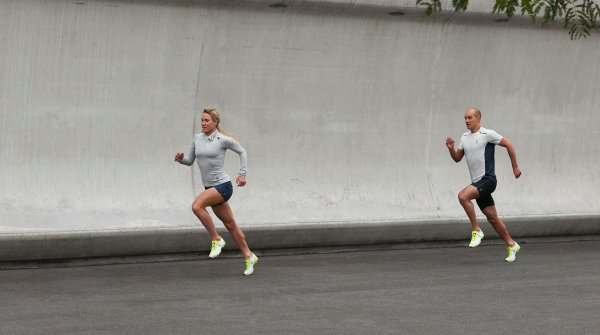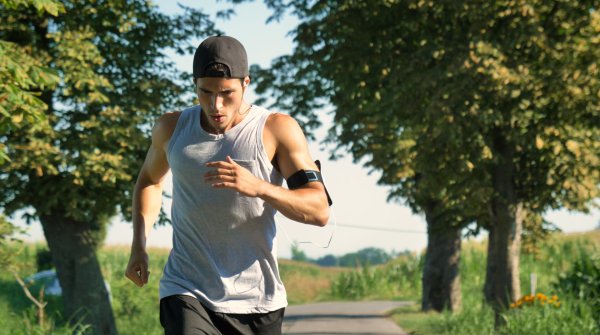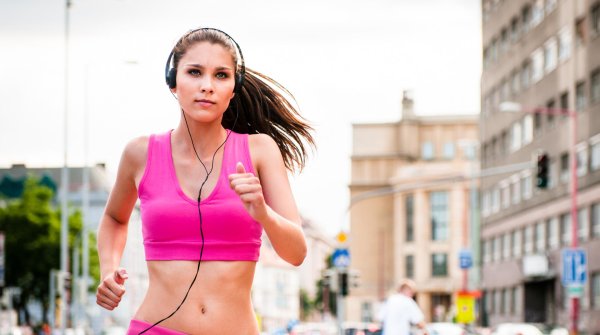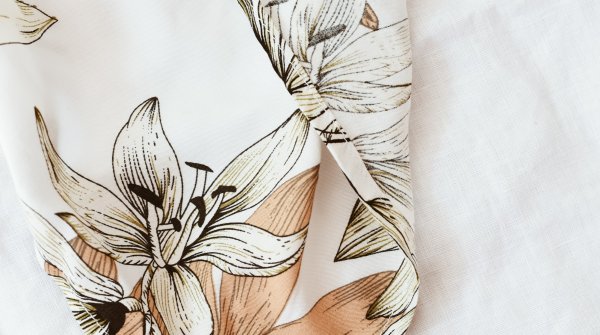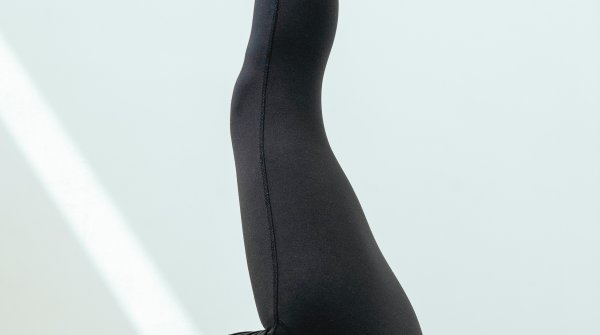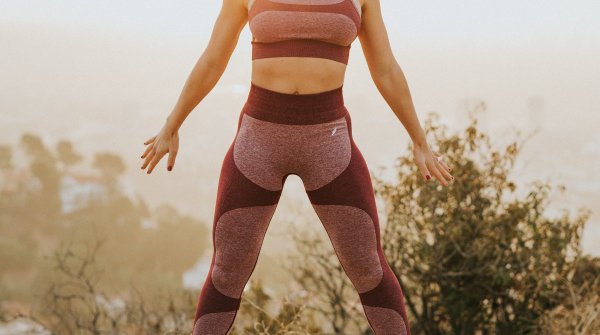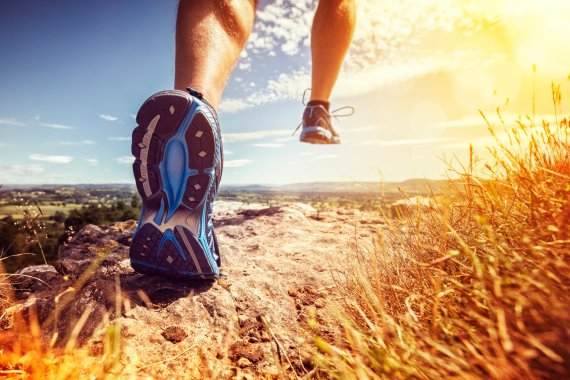
He is Germany's best expert on running shoes: Urs Weber, editor of the German edition of RUNNER'S WORLD and responsible for product testing, tests dozens of new running shoes each year for the world's biggest running magazine.
Test the latest sporting goods for free: How you can become a product tester at ISPO >>>
Urs Weber: Advice from the Expert on Running Shoes
There is hardly anyone else in Germany who knows as much about what customers need, what manufacturers produce, and what retailers are selling, than Urs Weber, who also organizes and moderates the symposium on running shoes at ISPO MUNICH.
"A good running shoe is an investment in your body and health," Urs Weber tells ISPO.com in an interview – and gives us ten tips for buying running shoes.
ISPO.com: Easy question for the expert: How can I find the best running shoes? What factors need to be taken into account?
Urs Weber: Easy answer: Size, fit, and comfort.
Tip 1: It is best to buy running shoes half or a whole size up from your normal size
What is a good size?
I always go by this rule of thumb: Standing with your weight distributed equally across both feet, there should still be a thumb's width of space in front of your longest toe in the running shoe. These shoes shouldn't fit too snugly, given that when you run, your feet slide forward in the shoe and your toes curl and grip.
To be more precise, running shoes should be between half and a whole size bigger than your day-to-day shoes. Unfortunately, sizes are not standardized. So just because one pair of running shoes might fit me to US size 10, it doesn't mean that the same will apply to another pair.
What's important when it comes to fit and comfort?
The fit needs to be very good. And the same applies to comfort, particularly as famous biomechanics have been stating for a while now that "comfort" is the most important criterion when buying running shoes. You will get a feel for it: Am I really comfortable in these shoes?

Tip 2: Arch influences comfort
Keyword comfort: How important is the arch in running shoes?
The arch will greatly influence how comfortable you feel in the shoes. It is the difference between the level of the front and back of your foot. Put simply: How pronounced are the heels of the running shoes? Shoes used for training purposes usually have a heel of 8 to 12 millimeters. Competition shoes have less of an arch.
What are the most significant trends this spring?
First: shoes now have more cushioning. Running shoes now have softer cushioning and the number of models offering maximum cushioning has increased. Second: more flexibility. The age of stiff midsoles has passed; soles are becoming more flexible. And third: The production of the outer materials is becoming more elaborate, making them lighter, more breathable, and giving them a better cut, meaning that they match the movement of the foot better than they used to.
Tip 3: New materials offer greater cushioning
Where has this trend toward greater cushioning come from?
Almost all manufacturers are now using new and more innovative materials: in most cases new EVA combinations or PU materials, that is to say polyurethane. These new cushioning materials have a very high level of elasticity to match the foot's movements, something you can feel in the cushioning. And especially the PU foams are no longer temperature-dependent, working just as well in winter as in summer.
How do I know how much cushioning I need?
That can be determined by looking at your body (dimensions, etc): A small woman who weighs only 50 kilograms will require a different level of cushioning than a two-meter-tall man weighing 100 kilos who needs a more elaborate level of cushioning and a more stable shoe design. Runners who are overweight should avoid so-called "Barefoot shoes" – or at least initially.
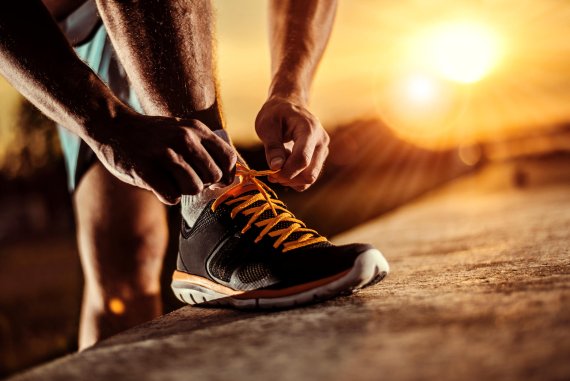
Tip 4: Try on different models
Where can I buy running shoes? Is it worth buying them online? Or will I get better advice from my local retailer?
The fitting session is essential when buying running shoes. That's the advantage of stationary retail. Buying running shoes online increases the risk of not finding the right shoe and having to make do with second best. My advice is: Always shop with specialized dealers, give yourself plenty of time, and try on and out as many models as possible.
Tip 5: Take your old running shoes with you when you buy new ones.
How can I find the right running shoes in the huge range on offer these days?
Don't let yourself be discouraged by the sheer number of shoes on offer. One tip: It is really important to take your old, worn out running shoes with you when you buy new ones.
This will allow dealers to use the wear and scuffing on your shoes to determine where you are putting your weight and how your foot rolls when you run. A skilled retailer will be able to tell what requirements need to be met by your new running shoes.
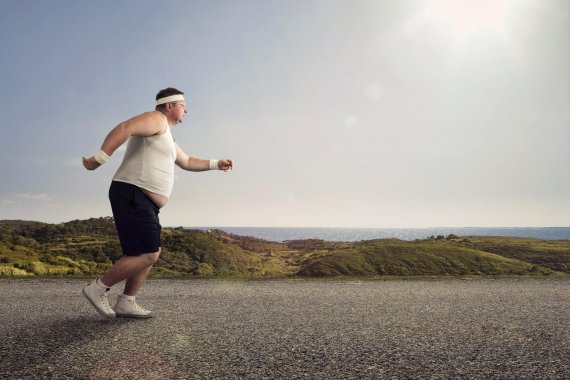
Tip 6: A good retailer needs to be a good listener
What sets a good retailer apart from the others when it comes to giving advice on running shoes?
It's a bit like a trip to the hairdresser's. Retailers should show an interest in their customers' preferences and running experience: What is their running style? Do they have any orthopedic problems? Do they prefer running on asphalt or trails?
Retailers need to be good listeners, need to ask the right questions – and most important of all, they need to be able to offer alternatives. The art of a good retailer is to bring the right running shoe together with the right runner.
Tip 7: Those who run three times a week need three pairs of running shoes
How many running shoes do I need?
There is a simple rule: You should have as many pairs of running shoes as the days you run per week. So those who go running three times a week should own three pairs of running shoes.
It is important for your feet not to become accustomed to the orthopedics of a single pair of shoes and therefore for you to provide them with as much variety as possible – as should be the case with the speed, distance, and style of your running route. That's because you run a greater risk of injury if your body becomes accustomed to the same movements.
And another reason is that we all run differently: Fast in a race, slowly to regenerate, cross-country, on the road.
So what different kinds of running shoes do I need?
For runs in towns and cities on stone and asphalt, I definitely recommend having good, neutral running shoes. I would advise investing in a lighter shoe with less cushioning for speed or interval training. And cross-country runners require trail shoes. That would be my ideal mix.
Tip 8: Training shoes manage up to 1000, competition shoes up to 300 km
How many kilometers can one pair of running shoes manage?
That very much depends on the individual's running habits. Take car tyres as a comparison: One set will last for 15,000, another for 40,000 kilometers. It depends how much and in what way the material is worn down.
Someone who runs at a comfortable speed, is relatively light, and has a normal running style, will be able to use their shoes for longer than someone who puts a lot of pressure on the outer edges of the shoes.
A normal pair of training shoes can last for 700 to 1000 kilometers of training. Lighter competition shoes will only do about 200 to 300 kilometers.
Tip 9: Women's running shoes have a different fit
What differences are there between women's and men's running shoes?
Design is definitely not the only one. I have noted several differences: A woman's foot has a significantly smaller volume, in fact up to one third less than a man's. Men's feet have a heavier build.
Women's heels are much slimmer than men's, but at the same time, the front of a woman's foot is significantly wider in relation to the back. This means that women's shoes have a different fit: they are not only smaller, but also cut differently. The big manufacturers take this into consideration when producing their running shoes.
Tip 10: A treadmill analysis must check the runner's knees
These days, a treadmill analysis has become common practice. Which factors should be taken into account?
In the past, it was most important to focus on how the feet moved and rolled. These days, specialists know that the whole body is key, especially the section from the runner's feet to their hips: How do the legs and knees move? Running shoes have a great deal of influence on how the foot moves, that is true, but they also affect the movements of the knee – the part of the body that suffers most injuries.
And now the most difficult question: How much should I invest in a good pair of running shoes?
Easy answer: The cost of a pair of running shoes is relative to how long it lasts. If I buy a cheap pair of shoes in the supermarket and only use it for two or three runs because the shoes don't fit properly, then that's an expensive buy.
However, should I spend 150 to 180 Euros on a pair sold by a specialized dealer and it gives me many kilometers' good running, then it was a worthy investment. A good running shoe is an investment in your body and health.
Video: Wearables – real added value
- ISPO awards
- Mountain sports
- Bike
- Design
- Retail
- Fitness
- Health
- ISPO Job Market
- ISPO Munich
- ISPO Shanghai
- Running
- Brands
- Sustainability
- Olympia
- OutDoor
- Promotion
- Sports Business
- ISPO Textrends
- Triathlon
- Water sports
- Winter sports
- eSports
- SportsTech
- OutDoor by ISPO
- Heroes
- Transformation
- Sport Fashion
- Urban Culture
- Challenges of a CEO
- Trade fairs
- Sports
- Find the Balance
- Product reviews
- Newsletter Exclusive Area
- Magazine

